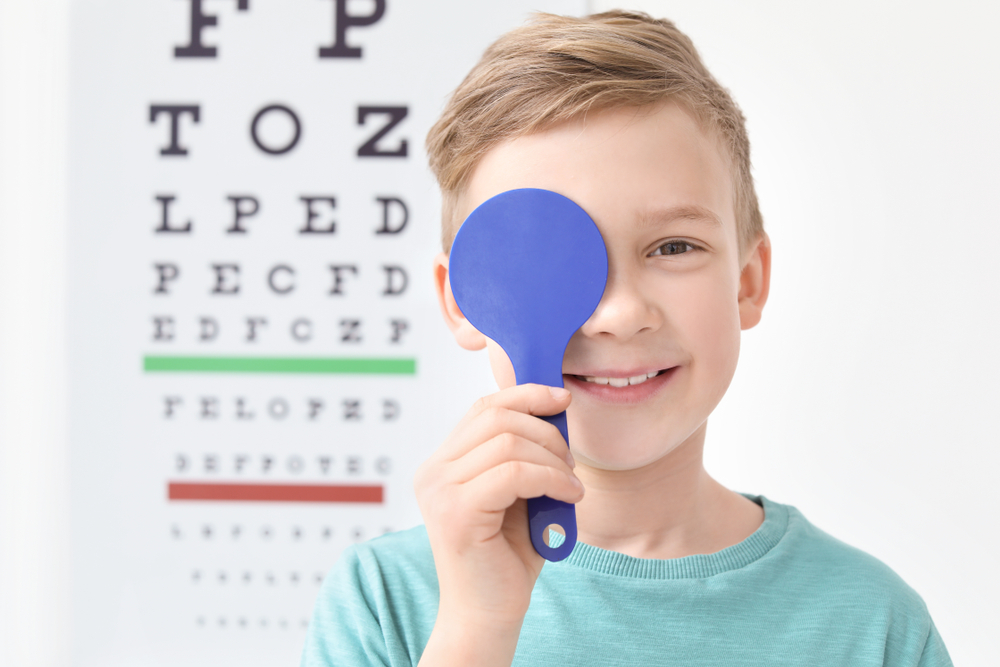
Many children today are getting corrective lenses for nearsightedness. Research suggests almost 50% of school-aged children have myopia. Unfortunately, most children do not know they have vision problems.
Children may assume blurry vision is normal. Scheduling an eye exam will help determine if your child is nearsighted. You can also watch out for signs that your child may be struggling with their vision.
Eye Rubbing
Frequently rubbing the eyes is a common response to eye fatigue and strain. The physical pressure on the eyes from the rubbing can cause the release of tears into the eye. It can temporarily relieve itchiness or dryness. It can also create brief moments of clear vision. Discourage your child from eye rubbing as it could spread viruses and bacteria. It can also cause long-term eye damage.
Squinting
If your child squints when looking at distant objects, it could be a sign of myopia. Squinting helps clear the vision temporarily. It creates a pinhole effect that obstructs some of the light rays reaching the retina. It helps to improve clarity when viewing an object. Narrowing the pupil entrance allows the child to clear blurry vision temporarily.
Excessive Blinking
Blinking helps keep the eye surface nourished by spreading the tear film. The involuntary action can also clear vision and wash away debris. Tears create a smooth surface that allows light to enter the eye effectively. Frequent blinking is a natural response to blurry vision. If your child blinks too often, it could be a sign of myopia.
Holding Reading Material Close to the Eyes
If your child holds books or tablets close to their eyes when reading, they could be nearsighted. Trying to read at a normal viewing distance can cause blur, and the child feels like the words are too far. The child will hold the material close to the eyes to see clearly. The degree of myopia will determine how close they hold the book.
Sitting Close to the TV
Myopia causes blurry distance vision. Your child may have difficulty seeing things across the room. Children with eyesight problems tend to sit close to the TV to see clearly. If your child constantly moves to sit close to the screen, ask if they see better at that distance. Schedule an eye exam to check if your child has myopia.
Covering One Eye
If one eye is more myopic than the other, the child will tend to cover it when viewing distant objects. A large difference in prescription (anisometropia) can cause the brain to see two images in different sizes.
It can lead to the following:
Eyestrain
Disorientation
Dizziness
Other symptoms
Covering the eye can reduce the symptoms. Children with myopia may be unaware of people or things at a distance. The inability to see distant things clearly causes them to ignore anything out of clear viewing range. Observe how your child responds to things happening across the street or park.
Find out if they can read signs at a distance. Frequent headaches and constant complaints of strained eyes or eyes feeling tired can also indicate a vision problem.
For more signs that your child has myopia, visit Alamo Eye Care at our San Antonio or Austin, Texas, office. Call (210) 403-9050 to schedule an appointment today.







